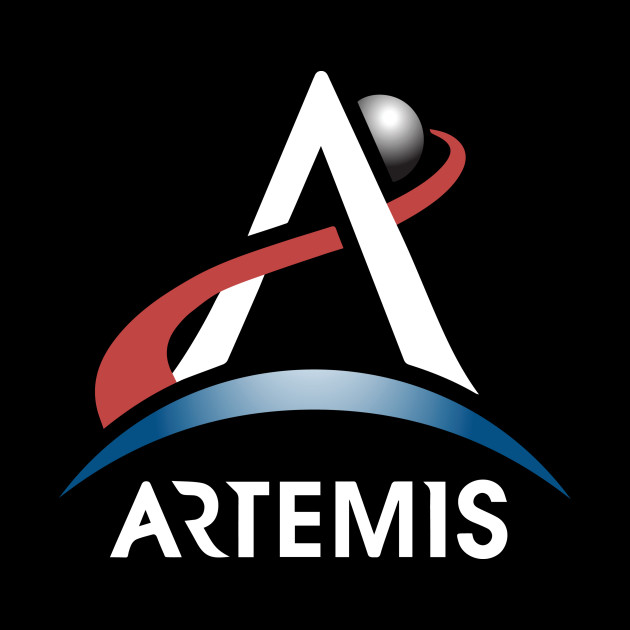The Artemis Program: NASA’s Ambitious Plan to Return to the Moon
The Artemis Program: NASA’s Ambitious Plan to Return to the Moon
NASA’s Artemis program is an ambitious initiative that aims to send humans back to the moon by 2024 and establish a sustainable presence on the lunar surface. The program is named after the Greek goddess of the moon, Artemis, and represents a new era of space exploration for NASA.
The Artemis program builds upon the achievements of the Apollo missions, which sent 12 astronauts to the moon between 1969 and 1972. However, unlike the Apollo missions, which were focused on short-term, high-profile goals, the Artemis program aims to establish a long-term presence on the moon that will enable future exploration and scientific discovery.
The goals of the Artemis program are multifaceted and include:
Returning humans to the moon: The primary goal of the Artemis program is to send astronauts back to the moon by 2024. NASA plans to land the first woman and the next man on the moon, using a combination of new technologies and systems, including the Space Launch System (SLS) rocket, Orion spacecraft, and Lunar Gateway.
Establishing a sustainable lunar presence: The Artemis program aims to establish a long-term human presence on the moon that will enable future exploration, scientific research, and commercial activities. To achieve this goal, NASA plans to build a Lunar Gateway, a small space station that will orbit the moon and serve as a hub for human activities on the lunar surface.
Conducting scientific research: The moon offers a unique environment for scientific research, and the Artemis program aims to leverage this opportunity to advance our understanding of the solar system and the universe. NASA plans to conduct a range of scientific experiments and studies on the lunar surface, including investigations into the moon’s geology, resources, and potential for human habitation.
Preparing for future missions to Mars: The Artemis program is seen as a stepping stone to future missions to Mars and other destinations in the solar system. By developing new technologies and systems for lunar exploration and establishing a sustainable human presence on the moon, NASA aims to lay the foundation for future space missions that will push the boundaries of human exploration and discovery.
To achieve these goals, NASA has developed a detailed roadmap for the Artemis program that includes several key milestones and objectives. These include:
Launching the Artemis I mission: The first mission of the Artemis program, Artemis I, is scheduled to launch in November 2021. This mission will be an uncrewed test flight of the SLS rocket and Orion spacecraft and will serve as a critical test of the new technologies and systems developed for the Artemis program.
Building the Lunar Gateway: The Lunar Gateway is a key component of the Artemis program, and NASA plans to begin construction on the space station in the mid-2020s. The Lunar Gateway will serve as a hub for human activities on the moon, providing a staging area for lunar landings and facilitating scientific research and exploration.
Landing humans on the moon: The Artemis III mission, which is scheduled for 2024, will be the first crewed mission of the Artemis program and will see astronauts land on the moon’s south pole region. The mission will mark the first time humans have set foot on the lunar surface in over 50 years and will represent a major milestone in the history of space exploration.
Conducting scientific research: The Artemis program includes a range of scientific experiments and studies that will be conducted on the lunar surface. These include investigations into the moon’s geology, resources, and potential for human habitation, as well as experiments in areas such as astrophysics, heliophysics, and exobiology.
The Artemis program 
What is a Shooting Star?
Spicy Shrimp Tacos with Mango Salsa







